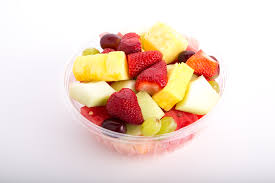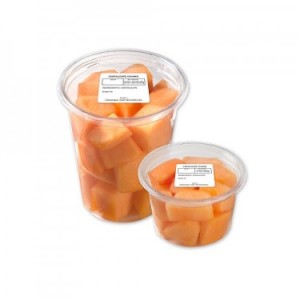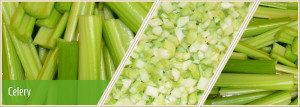Queensland, or maybe all of Australia, has banned single-use plastic bags at supermakets.
 No biggie for me, I always have my knapsack.
No biggie for me, I always have my knapsack.
But it would be more meaningful if Australian retailers could set aside their perverse fetish of wrapping every piece of cut fruit or veggie in plastic.
Fresh-cut presents unique risks and needs to be kept close to 4 C to limit microbial growth.
That ain’t happening at retail.
I have shared my evidence-based concerns with the supermarket, Coles, and they have done, nothing.
The U.S. Centers for Disease Control reports that on December 7, 2019, Tailor Cut Produce recalled its Fruit Luau cut fruit mix as well as cut honeydew melon, cut cantaloupe, and cut pineapple products because they have the potential to be contaminated with Salmonella.
These products were not sold directly to consumers in grocery stores.
These products were sold for use in institutional food service establishments such as hospitals, long-term care facilities, schools, and hotels.
Food service and institutional food operators should not sell or serve the recalled products.
The recalled fruit products were distributed between November 15 and December 1, 2019.
Twenty-seven hospitalizations have been reported. No deaths have been reported.
Since the last update on December 11, 85 additional ill people have been reported from 11 states.
These illnesses started during the same time period as the illnesses reported on December 11, but were not confirmed as part of the outbreak at that time.
Epidemiologic and traceback evidence indicate that cut fruit, including honeydew melon, cantaloupe, pineapple, and grapes, produced by Tailor Cut Produce of North Brunswick, New Jersey, is a likely source of this outbreak.






.jpg) problems, and many were hospitalized before and during the onset of their infection.
problems, and many were hospitalized before and during the onset of their infection.